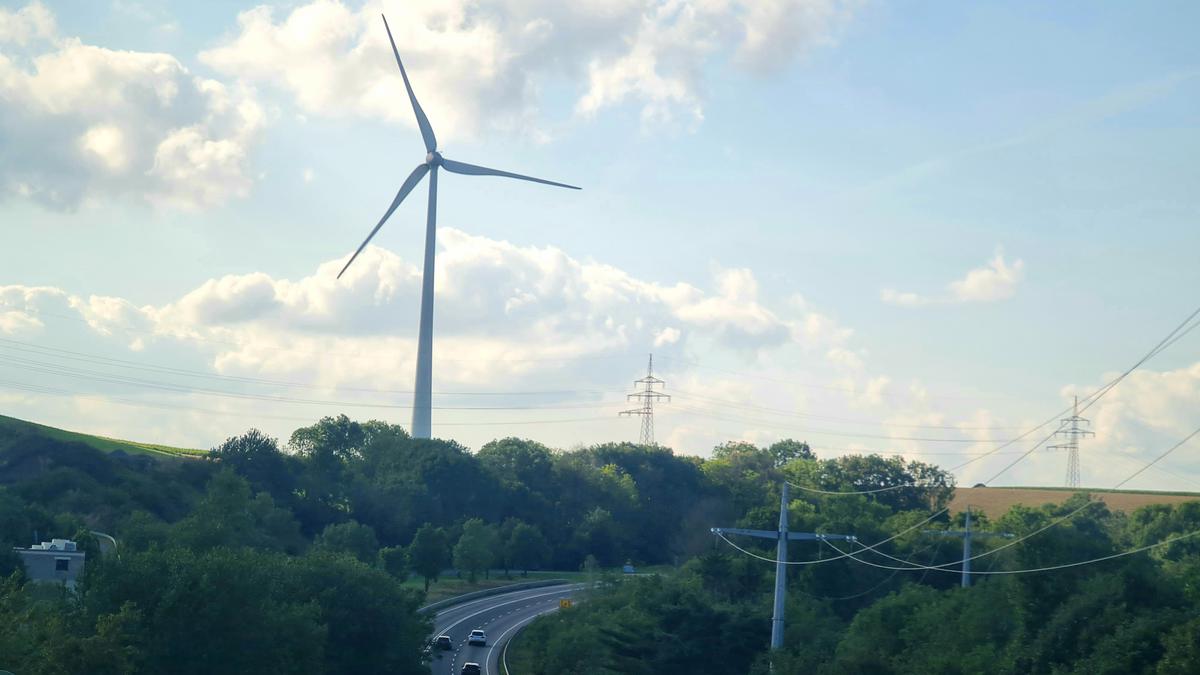
Even a small reduction in wind speeds could have a major impact on energy generation. In 2021, Europe experienced a ‘wind drought,' with speeds around 15 per cent below the annual average. The UK recorded one of its least windy periods in 60 years, forcing the country to restart two coal-fired power plants to compensate for the drop in wind energy production. Researchers have debated the long-term significance of such events, as wind speeds are challenging to measure due to the influence of local geography and urban structures. However, the Intergovernmental Panel on Climate Change (IPCC) has projected a further slowing of winds by the end of the century, with average annual wind speeds potentially declining by up to 10 per cent by 2100.
By analyzing newer data and running multiple simulations, the latest study confirms an increase in Europe's summer stilling, aligning with previous research that suggests the effects of climate change on global wind patterns will become statistically significant in the second half of this century. Scientists warn that if the trend continues, it could create challenges for wind energy production.
Wind power currently accounts for 17 per cent of the EU's electricity mix, and despite delays in new projects across the bloc, it remains cheaper than fossil fuel alternatives like natural gas. However, lead researcher Gan Zhang, a climate scientist at the University of Illinois Urbana-Champaign, warns that even a 5 per cent drop in wind speeds could lead to significant fluctuations in wind power generation. Speaking to Bloomberg, he noted that "the energy system is a marginal market," meaning that even small changes in supply can cause substantial price swings.
To mitigate the impact of declining wind speeds, experts suggest that Europe may need to diversify its renewable energy sources and develop new strategies for balancing the electricity grid. Expanding solar power, improving energy storage technology, and investing in offshore wind farms—where wind speeds tend to be higher and more stable—could help counteract the effects of stilling in the coming decades.